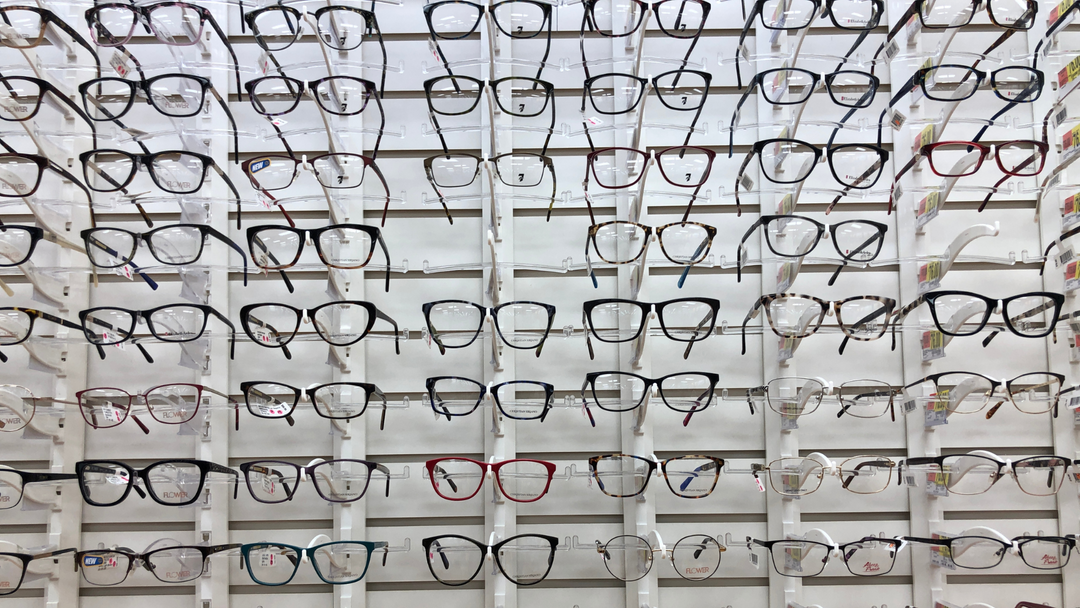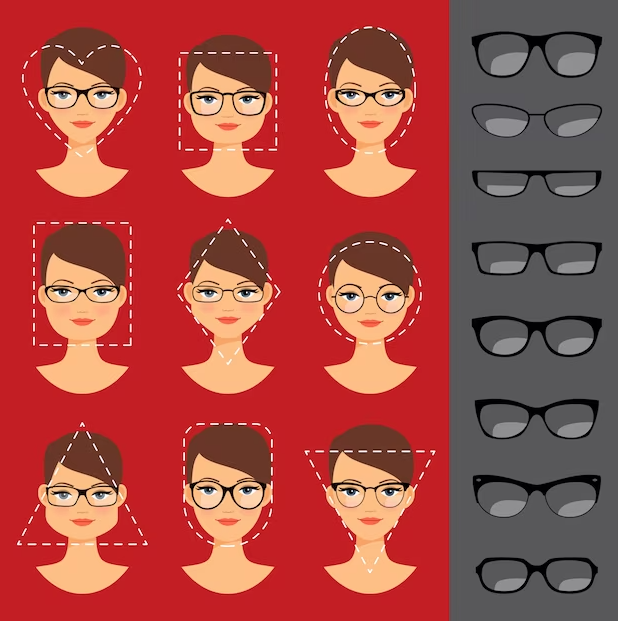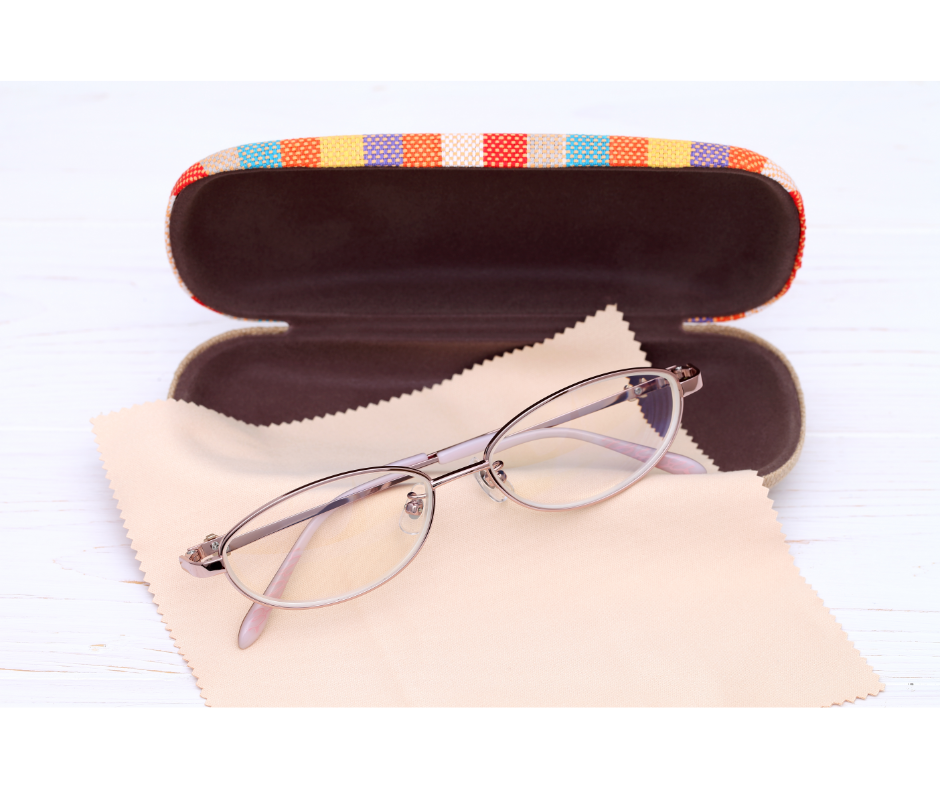Demystifying Eyeglasses and Prescription Language: 10 Key Words Explained
Navigating the world of eyeglasses and understanding prescription language can be overwhelming. To help you make sense of it all, we have compiled a list of 10 key words commonly used in eyeglasses and prescription terminology. We will explain each term in simple and easy-to-understand language, empowering you to better comprehend your eyeglasses prescription and make informed decisions about your eye care needs.
-
Prescription: Your prescription is a written order from your eye care professional that specifies the corrective lenses you need to achieve optimal vision. It includes information such as sphere (SPH), cylinder (CYL), axis, and any additional measurements required for your lenses.
-
Sphere (SPH): The sphere (SPH) indicates the lens power prescribed to correct nearsightedness (negative value) or farsightedness (positive value). It is measured in diopters and helps you see clearly at different distances.
-
Cylinder (CYL): The cylinder (CYL) denotes the lens power needed to correct astigmatism, which occurs when the cornea or lens has an irregular shape. It is also measured in diopters and can be a positive or negative value.
-
Axis: The axis is a measurement in degrees that specifies the orientation of the cylinder power to correct astigmatism. It ranges from 0 to 180 degrees and helps ensure the correct positioning of the astigmatism correction in your lenses.
-
Pupillary Distance (PD): The pupillary distance (PD) is the measurement of the distance between the centers of your pupils. It is essential for properly aligning the optical centers of your lenses with your eyes, ensuring clear and comfortable vision.
-
Frame Size: The frame size refers to the overall dimensions of your eyeglass frame, including the width of the lenses, the bridge width, and the length of the temples. Finding the right frame size ensures a proper fit and optimal visual performance.
-
Lens Material: The lens material refers to the substance used to make your eyeglass lenses. Common materials include plastic (CR-39), polycarbonate, and high-index materials. Each material has different characteristics such as thickness, weight, and impact resistance.
-
Lens Coatings: Lens coatings are additional treatments applied to the lenses to enhance their performance and durability. They can include anti-reflective coatings to reduce glare, scratch-resistant coatings to prevent scratches, and UV coatings to block harmful UV rays.
-
Bifocals: Bifocals are lenses that contain two distinct areas: the upper portion for distance vision and the lower portion for near vision. They are often prescribed to individuals with presbyopia, a condition that affects near vision as we age.
-
Progressive Lenses: Progressive lenses, also known as no-line bifocals or multifocal lenses, provide a seamless transition between different lens powers for clear vision at all distances. They eliminate the visible line found in traditional bifocals, offering a more natural and comfortable viewing experience.
By understanding these 10 key words related to eyeglasses and prescription language, you can better comprehend your eyewear needs and communicate effectively with your eye care professional. Remember, your eye health is essential, so don't hesitate to ask questions and seek guidance when selecting eyeglasses or interpreting your prescription. With this newfound knowledge, you are empowered to make informed decisions and enjoy clear and comfortable vision.







Leave a comment